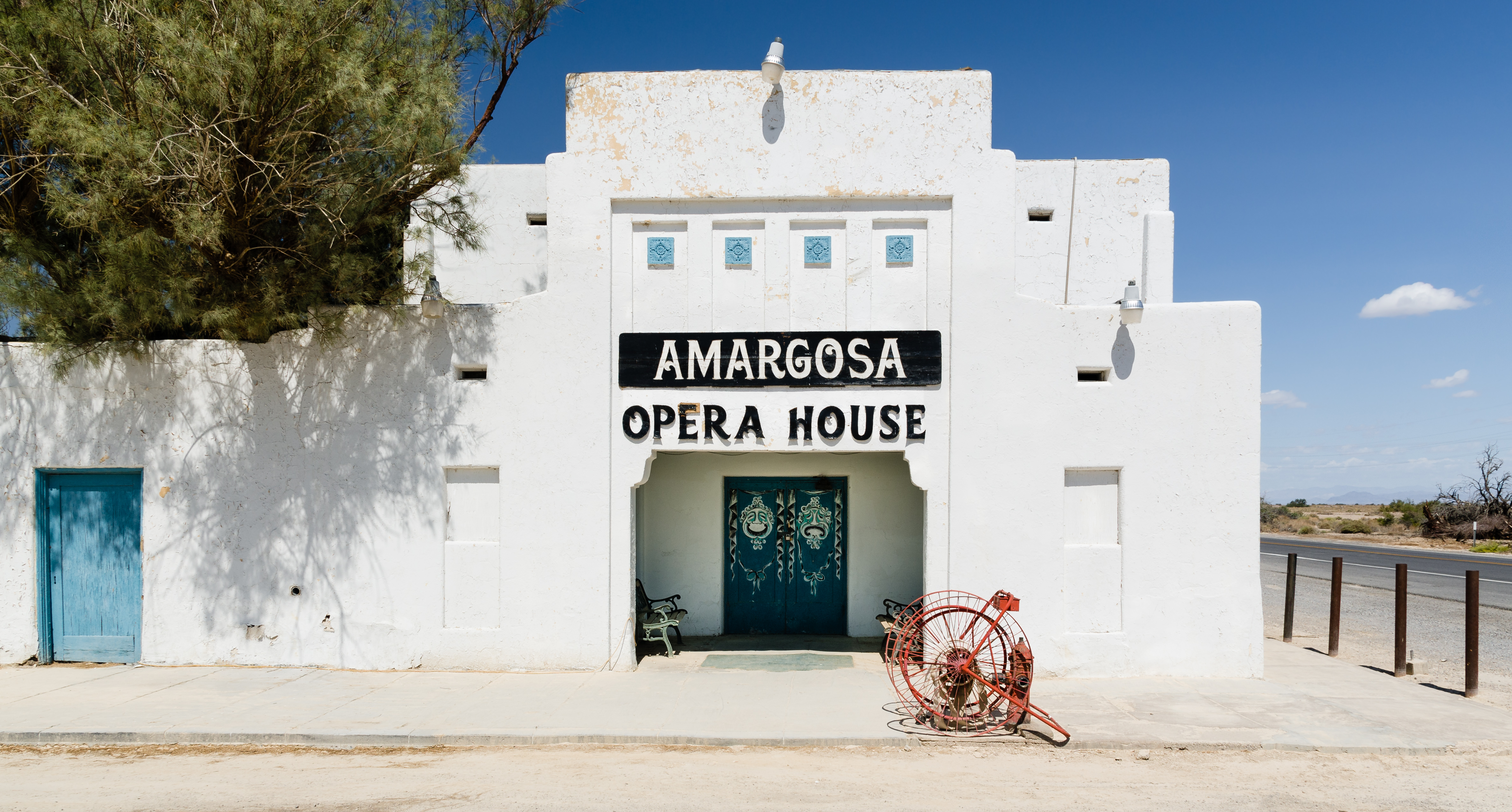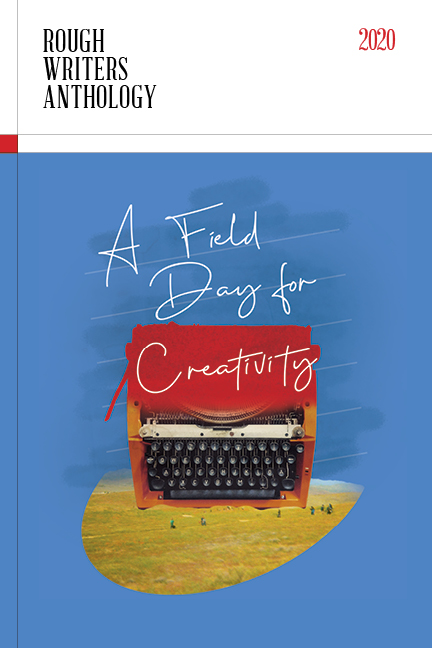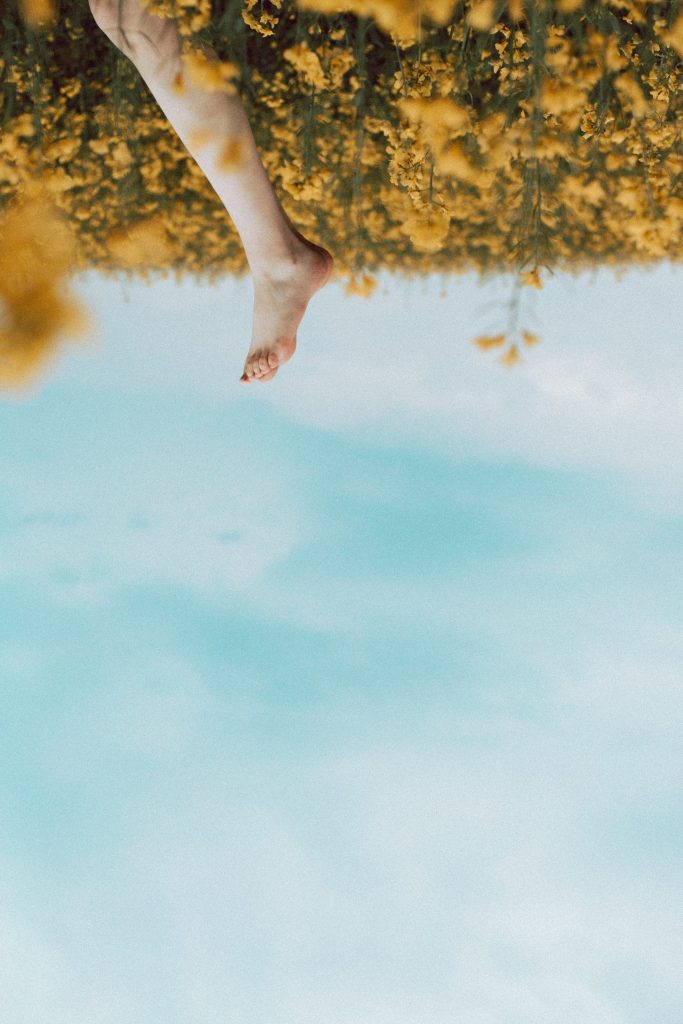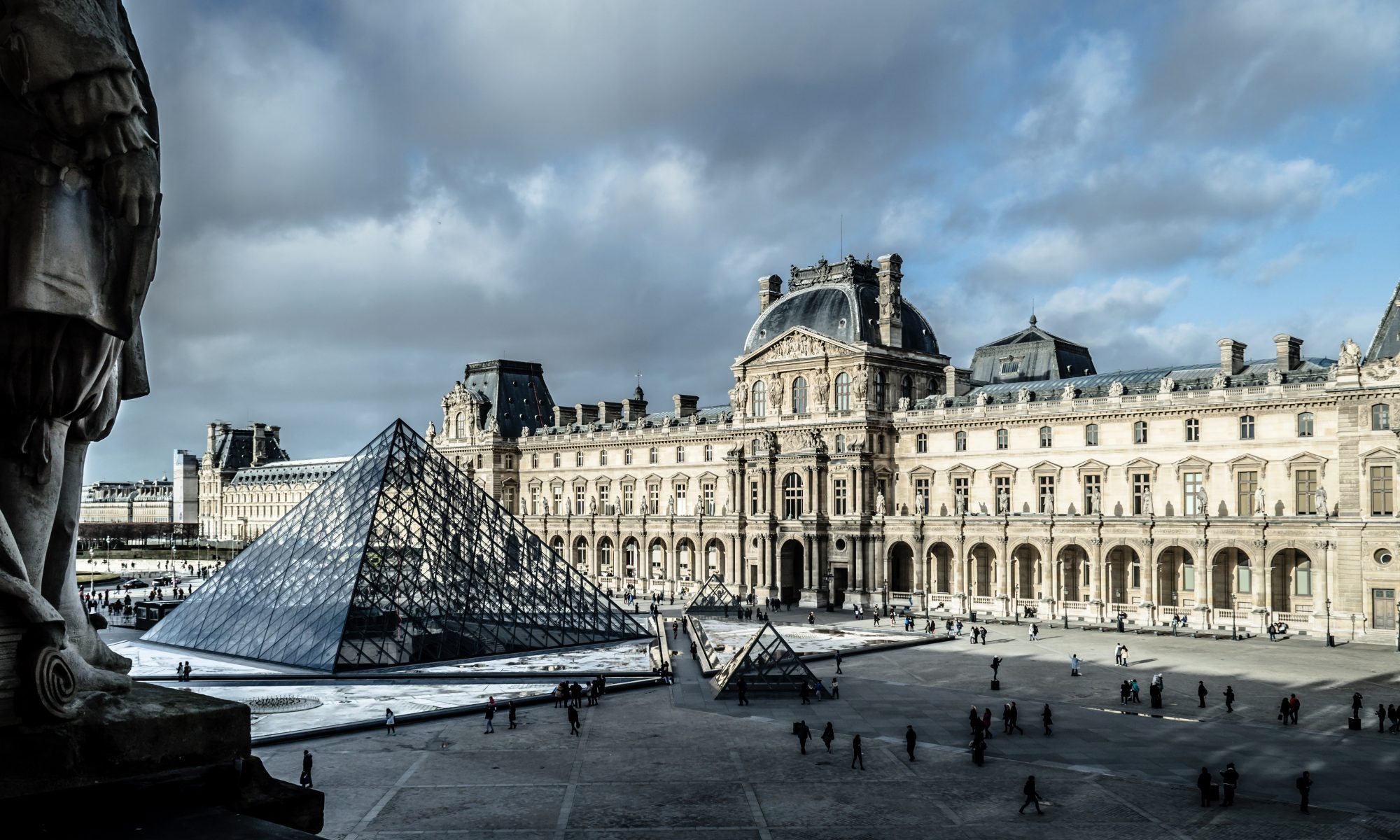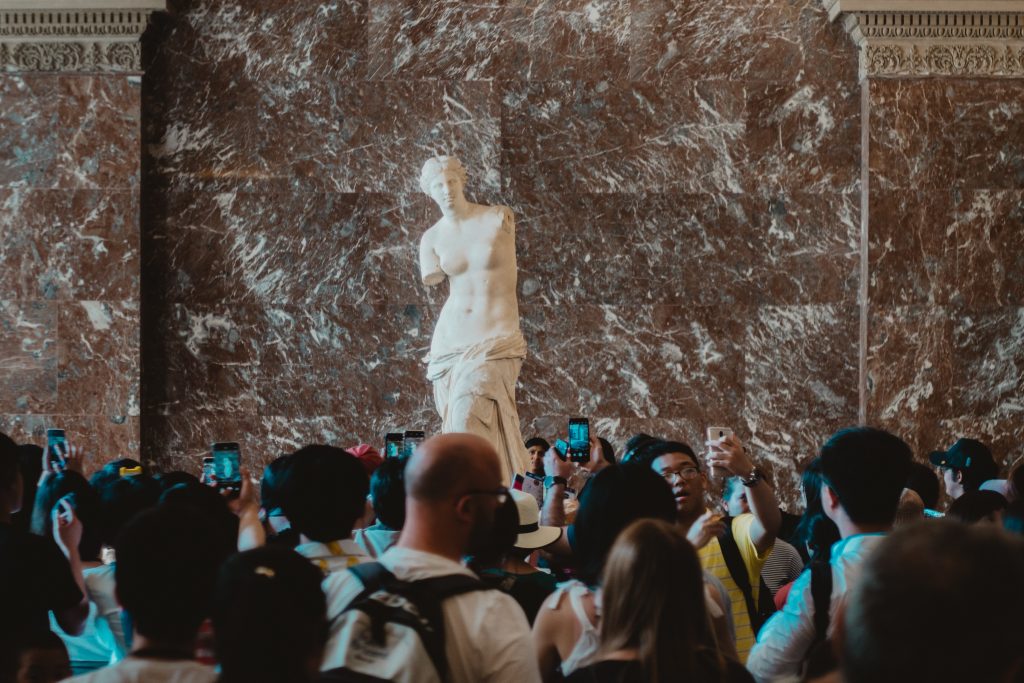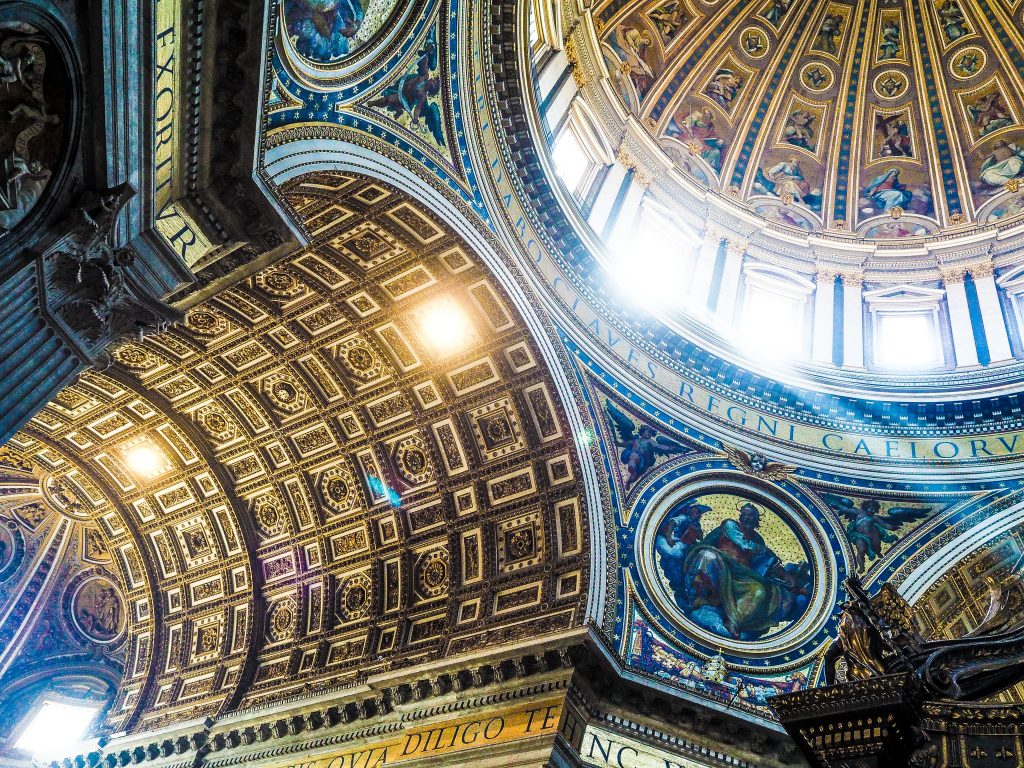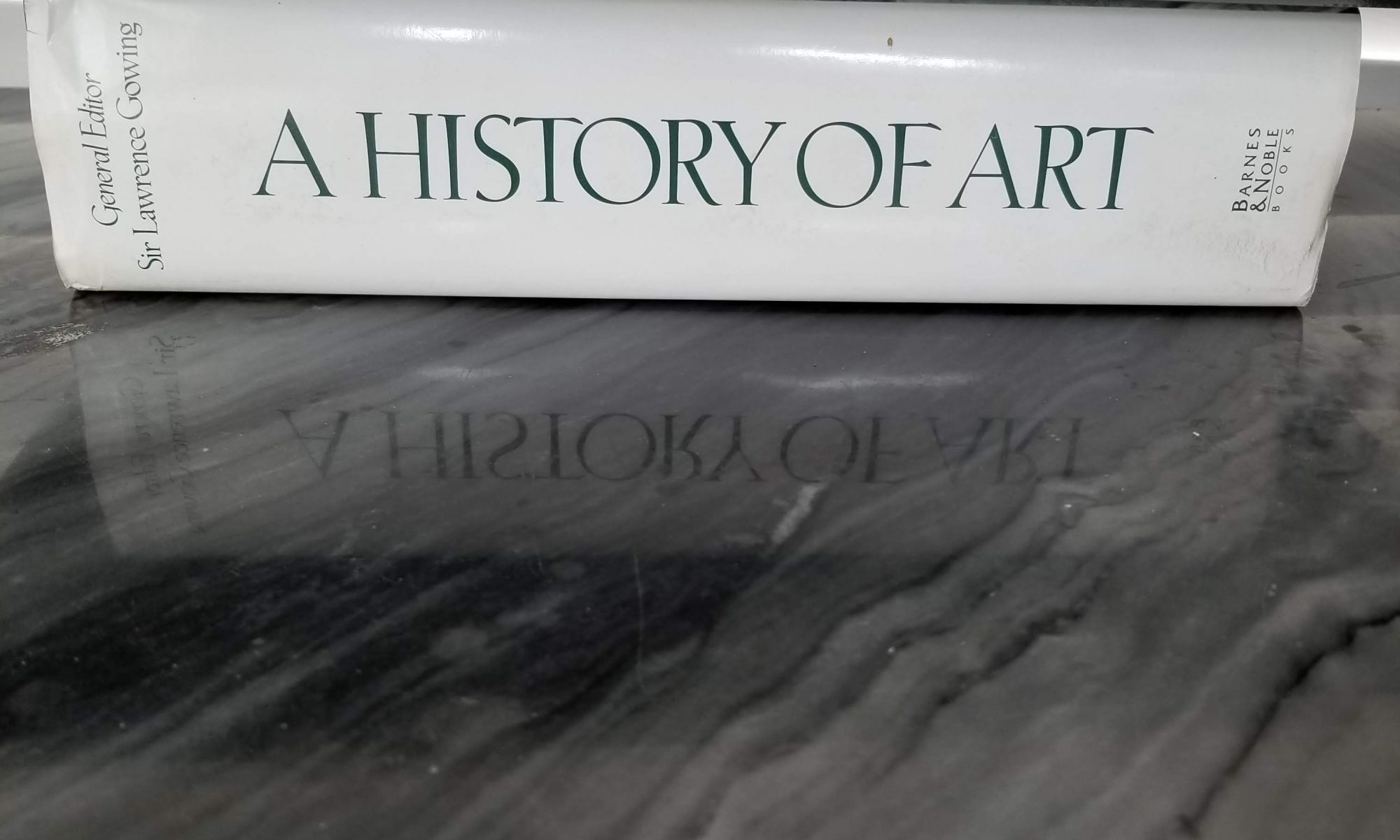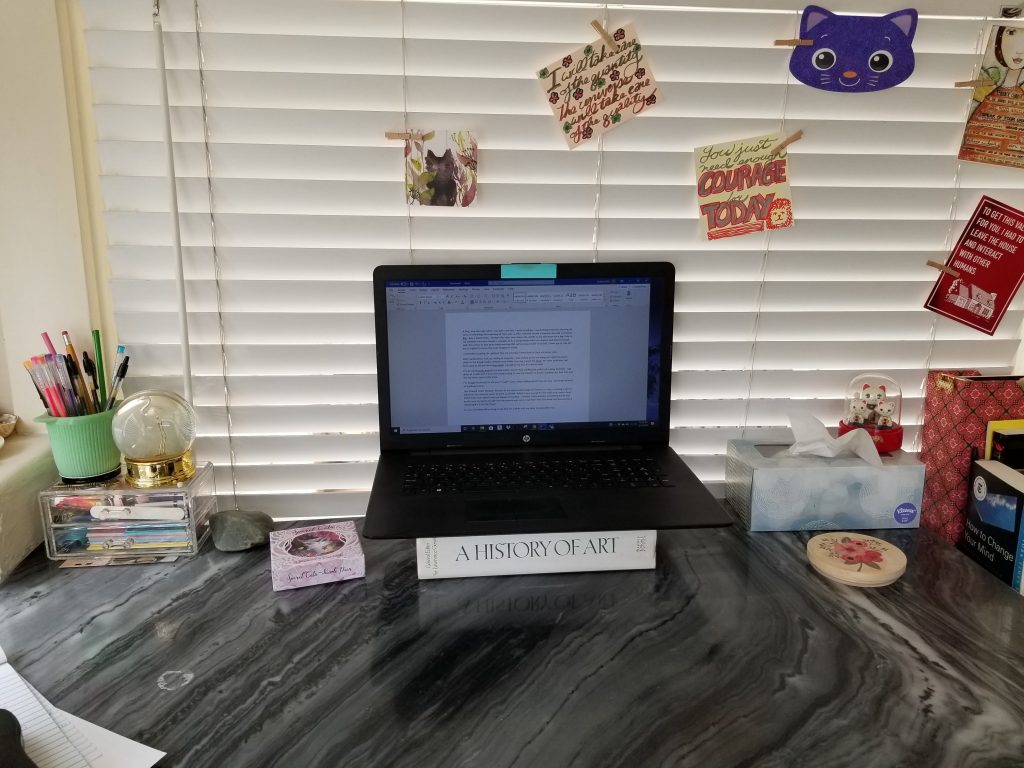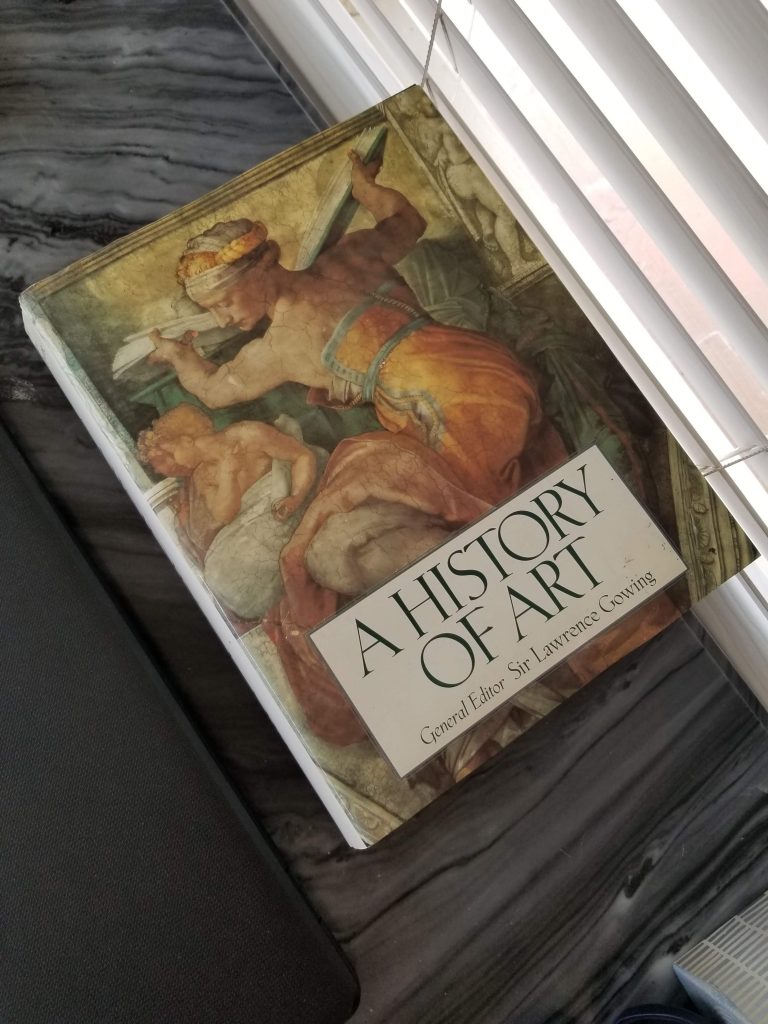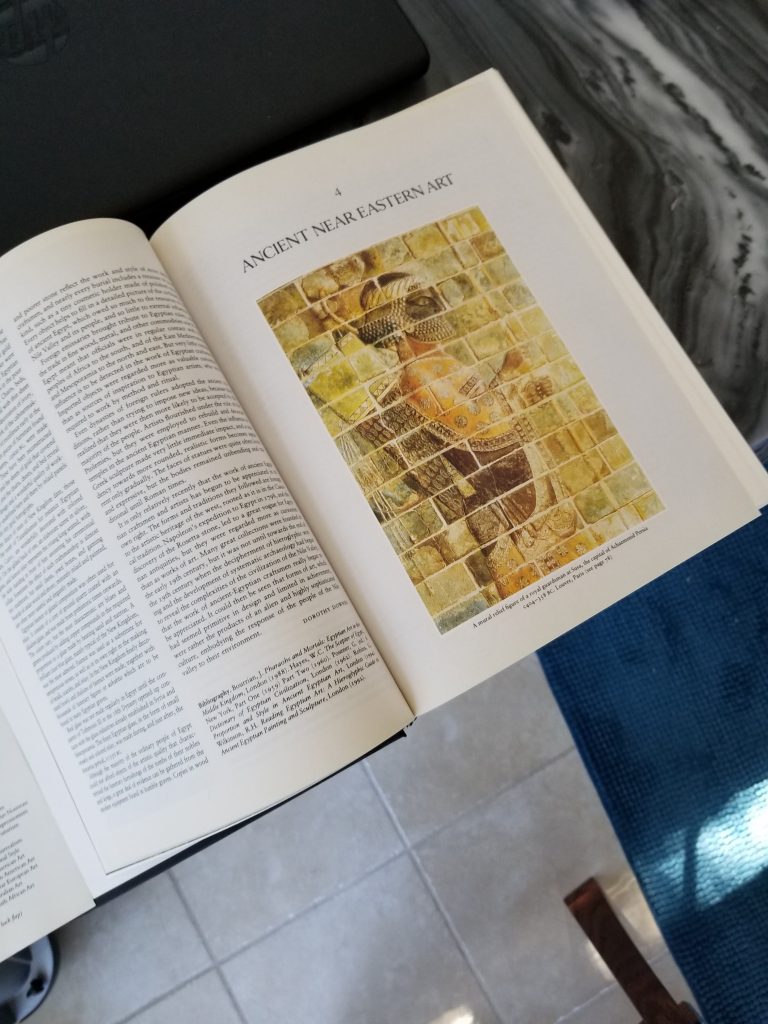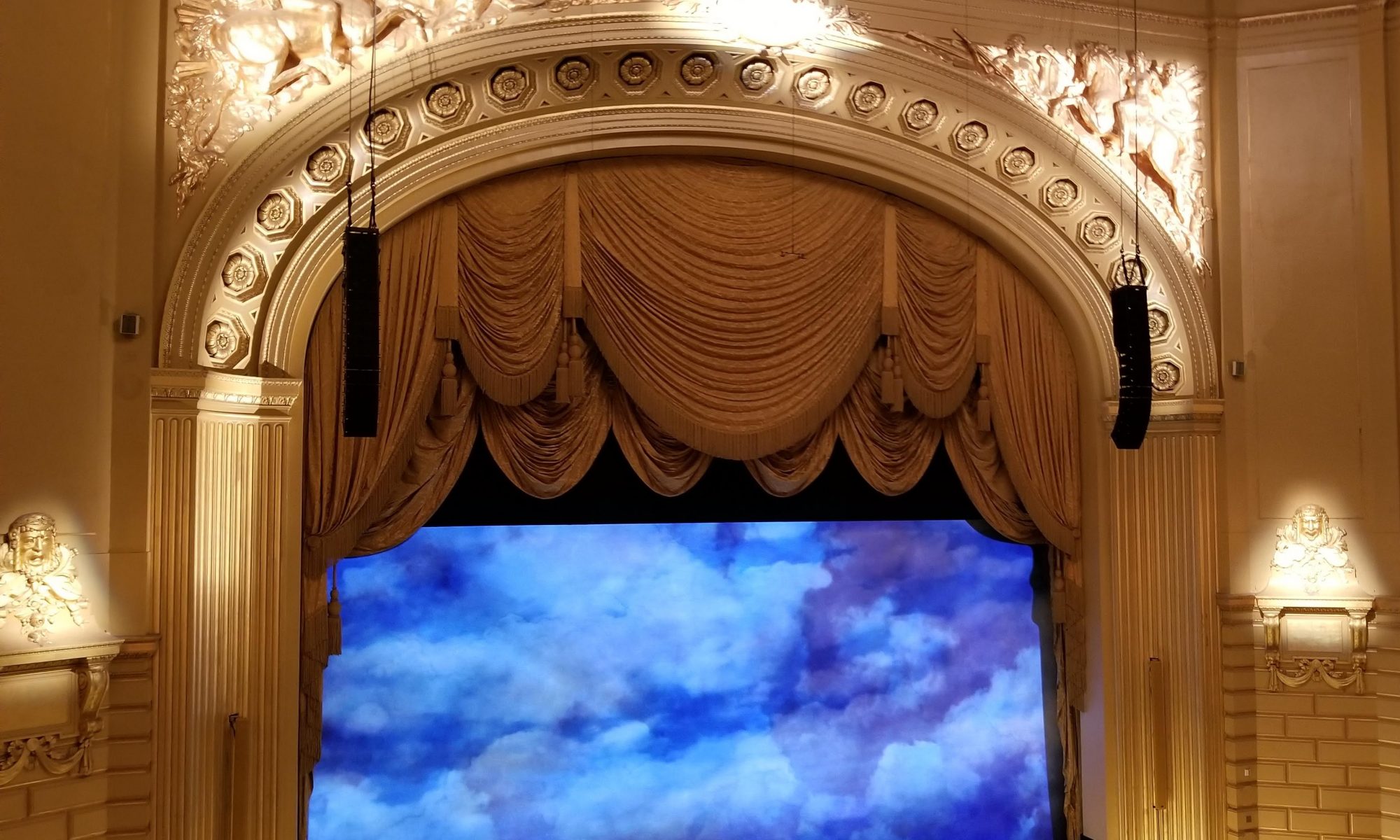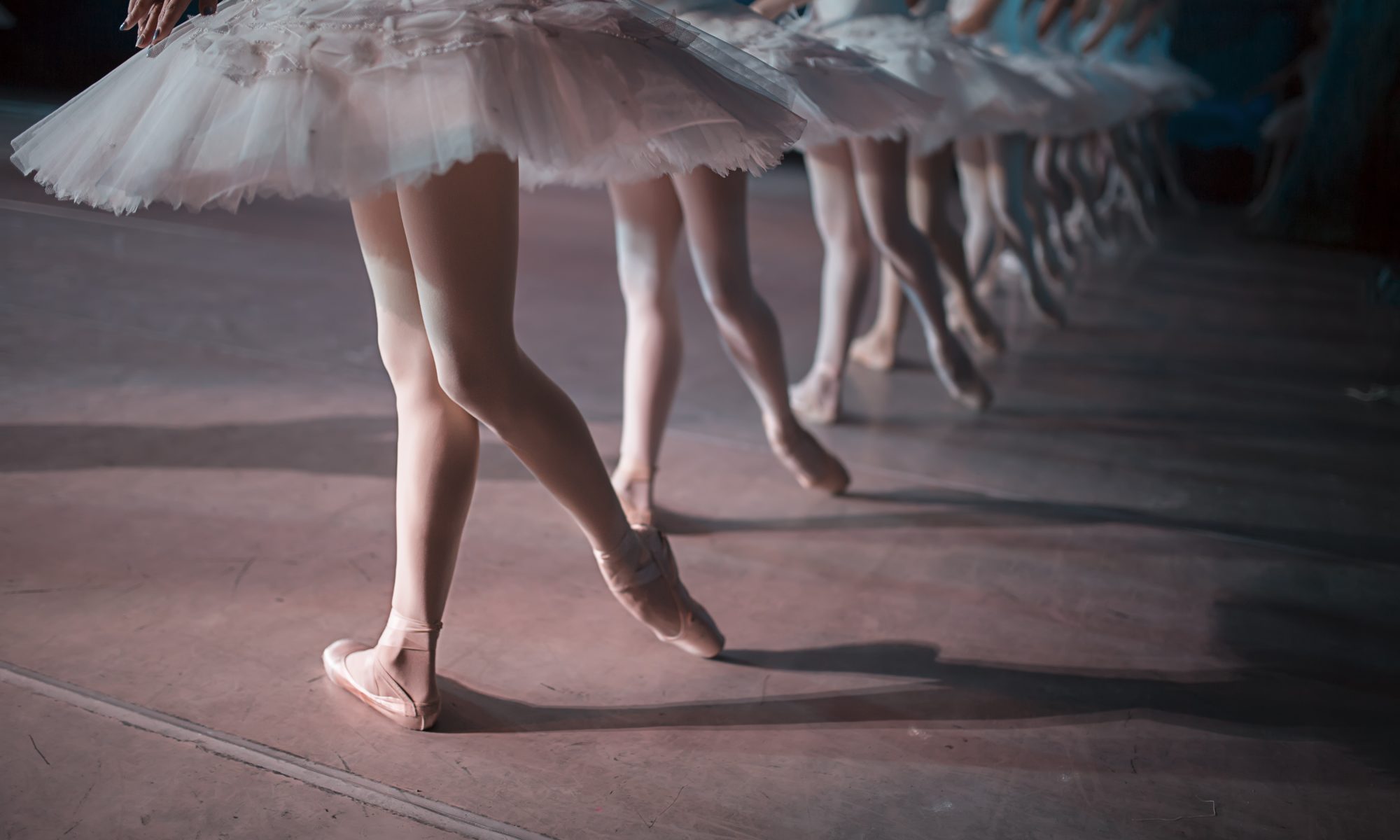Questions About Art, Crafts, and Meaning Making
Do you have some sort of creative expression? Do you write? Or paint? Or sew? Do you make decorative objects? Utilitarian objects?
Do you consider the product of your effort art? Or craft?
A while back, I found a show on PBS called Closer to the Truth that was ostensibly about art and meaning. I was expecting some insights from neuroscience or a conversation about symbology. It turned out that the show was basically just white, male, Eurocentric gatekeeping. I was really disappointed by the lack of breadth in the perspectives presented.
I had been looking to learn something new or feel enlightened, instead I got a bit fired up. Isn’t there a universality in meaningful art? Because it expresses something about the human condition to which a diverse audience can relate. You know, the collective unconscious and all that jazz.
I decided that I wasn’t willing to accept something as art “because someone else said so,” anymore. So I started looking for a better way to answer the question of what is art and what is craft.
One common answer that I kept coming across is that art expresses ideas beyond the scope of the form whereas craft serves human objectives (well-being and fulfillment of expectations). But are these mutually exclusive?
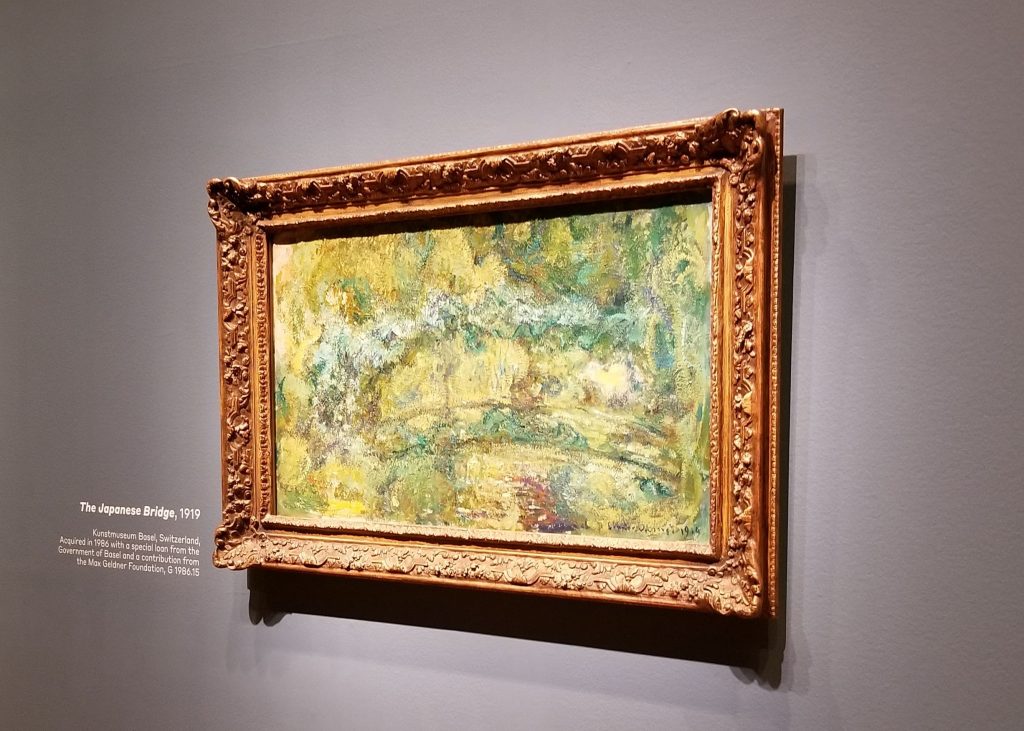
Maybe the Dictionary Can Help
Art and craft are both valued as products of human effort. Definitions of craft indicate that there is an expectation of a certain, demonstrable level of proficiency.
But I think that proficiency is as necessary for the production of art as a certain amount of creativity and freedom of expression is desirable in a craft. A ballerina or a writer would be called an artist although they both work every day their craft.
For some reason, thinking about proficiency reminded me of what Mr. Densley, my 8th grade art teacher, used to say, “Even Picasso learned how to draw it how it looks before he could draw it how it doesn’t look.”
Can we determine what is art versus what is craft based on the materials used or the method by which a work is created?

If Not How, Then What?
There are many things that are considered art which are created with common materials. Think about seeing an Eames chair made from molded plastic being displayed in an art museum. Or art made from junk like the work of Noah Purifoy.
Maybe craft is the creation of a utilitarian object and art is nonfunctional? But what about the art of fashion? Clothing, despite how fanciful or decorative or imaginative it may be, is still a utilitarian object, isn’t it?
Maybe art is the creation of one, unique artifact whereas crafts are things that can be replicated?
But then what about Monet’s many, many iterations of his water lilies? Or the performing arts? A symphony or a play must be replicated to be experienced as the artist intended. Or objects that are mass produced? How do we reconcile the work of Andy Warhol?

The Process Or The Product
I was talking to an executive from a local arts organization, and I mentioned my conundrum to her. Her answer: art is the idea and craft is the execution of the idea. I like this definition very much although it speaks more to the process than the product (that is a whole other rabbit hole we may want to explore another day).
Now I’m wondering:
Is the distinction between art and craft even useful? Necessary?
Maybe what I’m suggesting is that we can all be more critical about finding ways to consider creative work on its own merits and making up our own minds as to what we feel is meaningful regardless of whether someone else chooses to call it a work of art or a craft.
I would LOVE to know what you think.

